As its name suggests, the Musée des Cristaux is dedicated to mineralogy, the study of minerals from all over the world. The museum was refurbished in 2021, taking advantage of the pandemic period to improve the facilities and expand the collection.
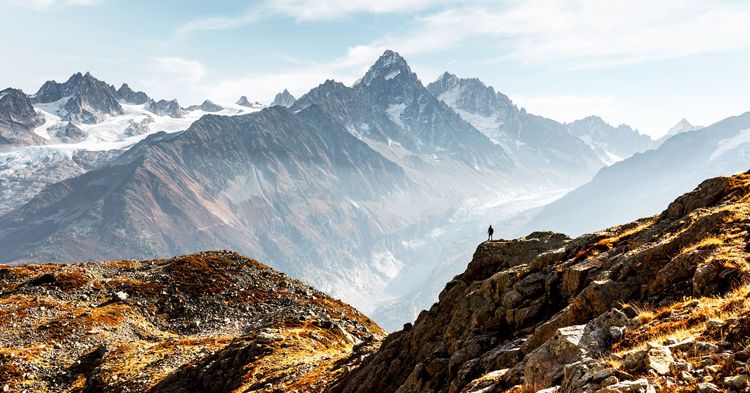
Chamonix is renowned for its many ski resorts, its proximity to Mother Nature and Mont Blanc, but it also offers other, more urban activities. It has several museums, all devoted to different collections. So if you're interested in discovering the town of Chamonix through the ages, and the history of the Alps through objects and minerals, these museums are just waiting for you.


Minerals
- © assistant / ShutterstockAs its name suggests, the Musée des Cristaux is dedicated to mineralogy, the study of minerals from all over the world. The museum was refurbished in 2021, taking advantage of the pandemic period to improve the facilities and expand the collection.
The Musée des Cristaux begins with an exhibition of minerals from different massifs. You can admire stones from France, Italy, Switzerland and Austria, all from the Alps. But make no mistake, the Mont-Blanc massif takes pride of place in this first part of the visit. Pink-red fluorites, siderites, smoky quartz, axinites, epidotes and many others take pride of place in this small gallery.
You'll already be able to guess some of the differences between the stones on display. Of course, there are explanations of where they come from, as well as their names and special features. You'll be able to find out more about these stones, which you may already have come across on your travels, at the bend in an Alpine path.
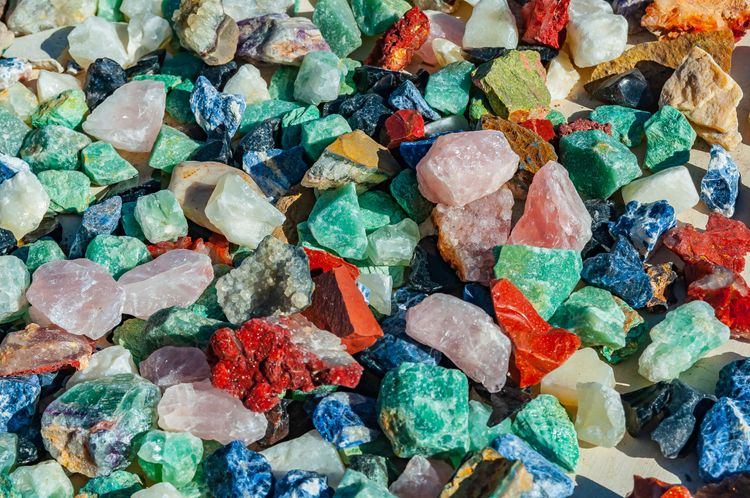
Different stones
- © Vlad Semers / ShutterstockThe tour continues with stones from the four corners of the world. First of all, there are the French quarries and mines that have left behind these minerals, which today bear witness to the passage of Man.
But you can also admire more precious stones, such as azurites from Chessy-les-Mines, Peruvian pyrites, aquamarines from Pakistan, Australian opals, Congolese dioptases and more. So many minerals with perhaps strange names, but all well worth a visit.
More recently, the Musée des Cristaux has acquired sapphires, emeralds, rubies, aquamarines, garnets and topaz, as well as small nuggets of gold, copper and silver. These precious stones are the new treasure trove of the Musée des Cristaux. It can be visited in just a few hours.
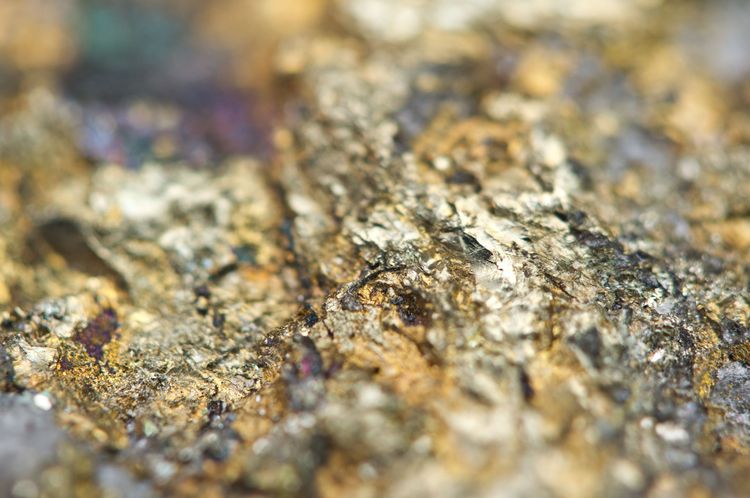
Or
- © assistant / ShutterstockThe Musée du Mont-Blanc (formerly the Musée Alpin de Chamonix) devotes its collection to the geological and human history of Chamonix and the surrounding area. It is spread over two floors and features a wide variety of works, sure to delight young and old alike.
"A beautiful, interesting and informative museum. Traces the history of the valley and its development in terms of tourism, mountaineering and its discoveries."
Tripadvisor
The history of mountaineering is retraced, from its very beginnings. The conquest of Mont Blanc is also at the heart of the exhibitions, through the different decades. Finally, the creation of winter sports such as skiing, snowshoeing and many others is also highlighted. If you are unfamiliar with the world of the Alps, there is no doubt that you will know all about it once you have visited this museum.
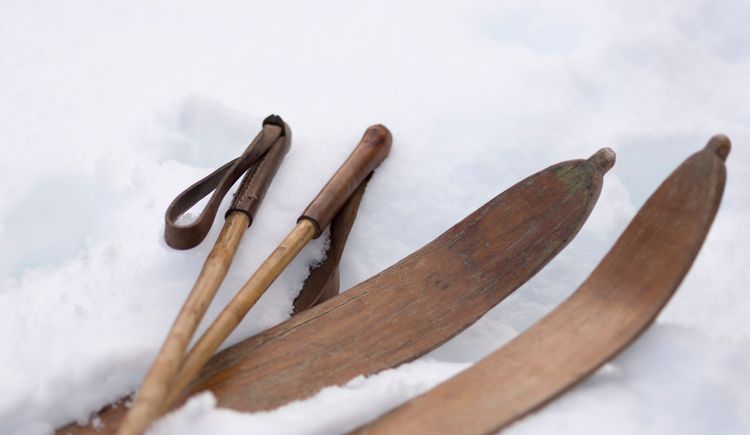
Old skis
- © buenaventura / ShutterstockIn total, over 11,000 collector's items are on display in the museum. Each dating from the 18th, 19th and 20th centuries. Paintings, objects used by mountaineers, reconstructions and much more can be seen in these few rooms of the museum. You can compare the ski equipment of yesteryear, for example, with that of today.
The Mont Blanc Museum is housed in a large building dating from 1914. It was originally a luxury hotel called the "Chamonix Palace". Although only part of this former hotel is devoted to the museum, its architecture is nonetheless admirable. Don't forget to take some time to admire this emblematic building of the Belle Epoque.

Musée Alpin, Chamonix
- © saiko3p / ShutterstockDue to renovations, the museum is currently closed and will reopen in 2025.
The Maison de la Mémoire et du Patrimoine is a repository for Chamonix's audio, photographic and oral archives. It is also a place where visitors can find out more about the history of Chamonix, or carry out research if they wish. The house is made up of several collections. Firstly, you'll find everything relating to the history of the region, but more specifically to the Chamonix valley. Every document in the collection is authentic, and you'll benefit from an exhaustive collection.
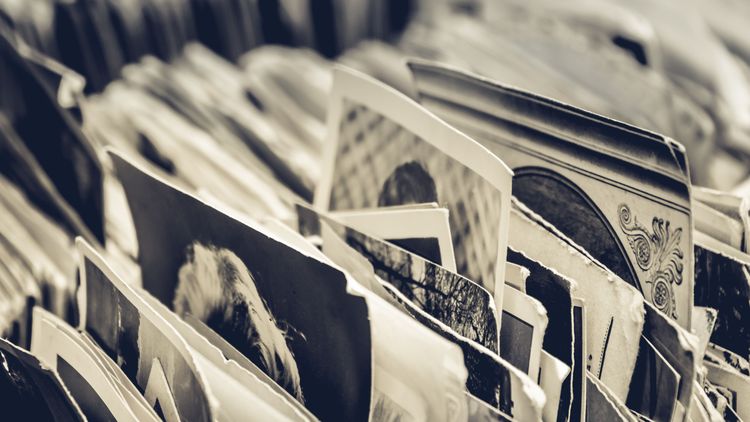
Photographic archives
- © rosstek / ShutterstockA wide range of archive documentation is also on display, with a strong presence from municipal archives, enabling you to retrace the history and different techniques of mountain photography. All the finding aids, archival and genealogical manuals are also on display. As a result, you'll be able to understand certain mechanisms, and see archives in a whole new way.
Finally, for younger visitors, a wide range of documentation tools are available. You'll be able to ask questions about Chamonix's heritage and memory, and take advantage of books specially adapted for children. School books and books for mediators and teachers are also available.
So, if you're keen to immerse yourself in the Chamonix of yesteryear, the Maison de la Mémoire et du Patrimoine Janny Cuttet is just waiting for you.
Don't forget to enquire at the sites initially indicated about opening times, prices and whether you need to book. You should also be aware of the potential health restrictions that are constantly changing as a result of the COVID 19 pandemic.